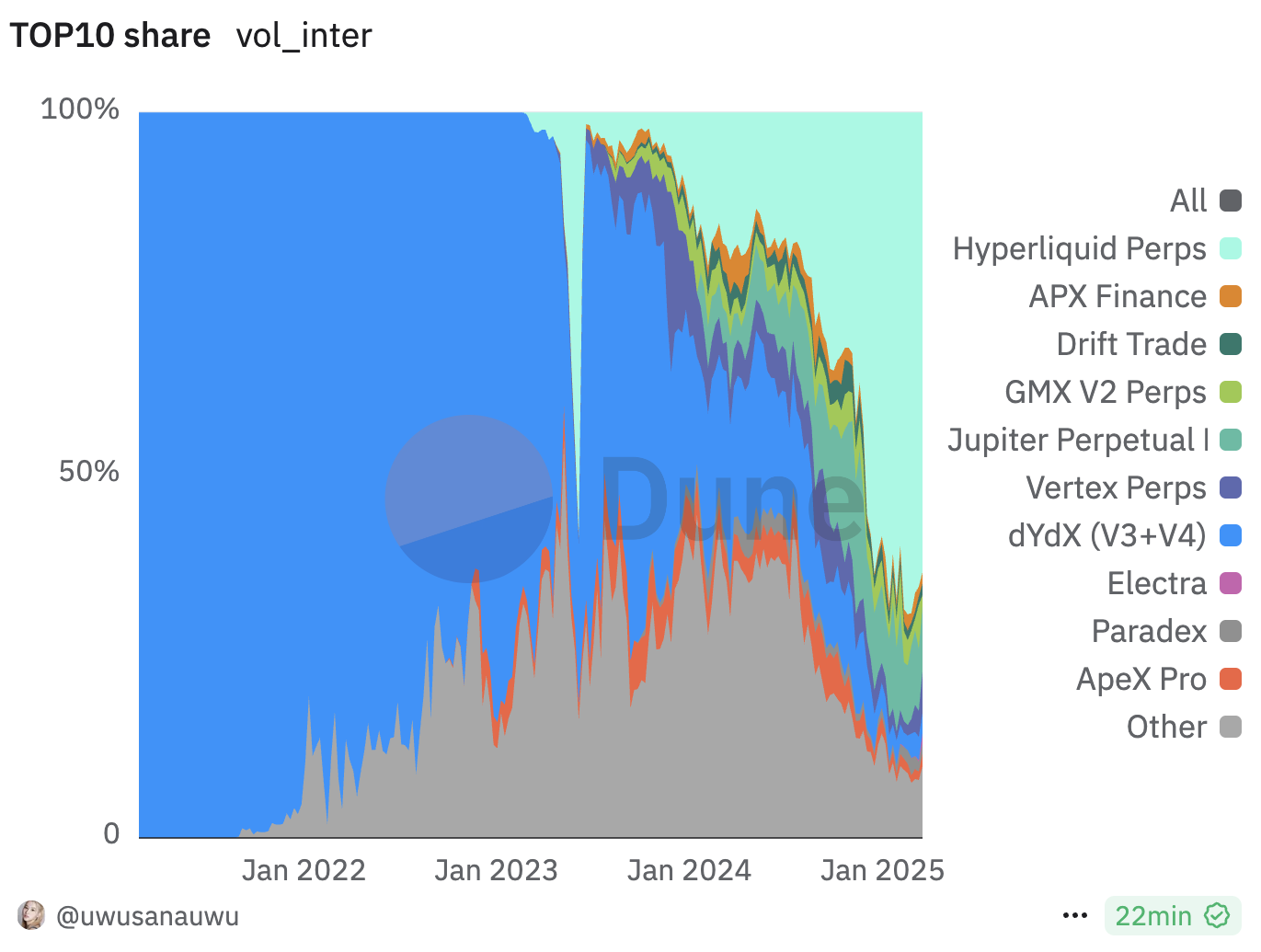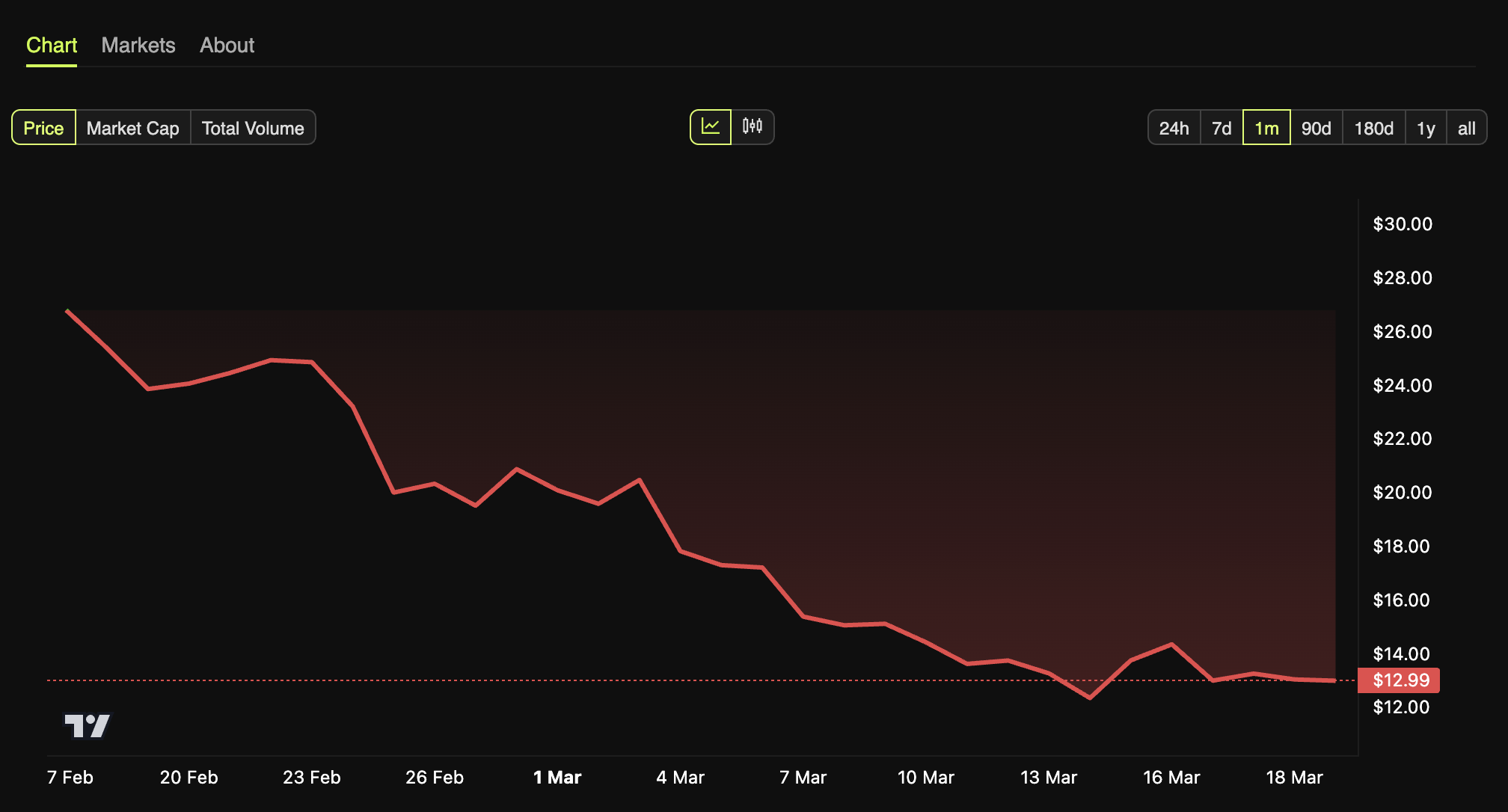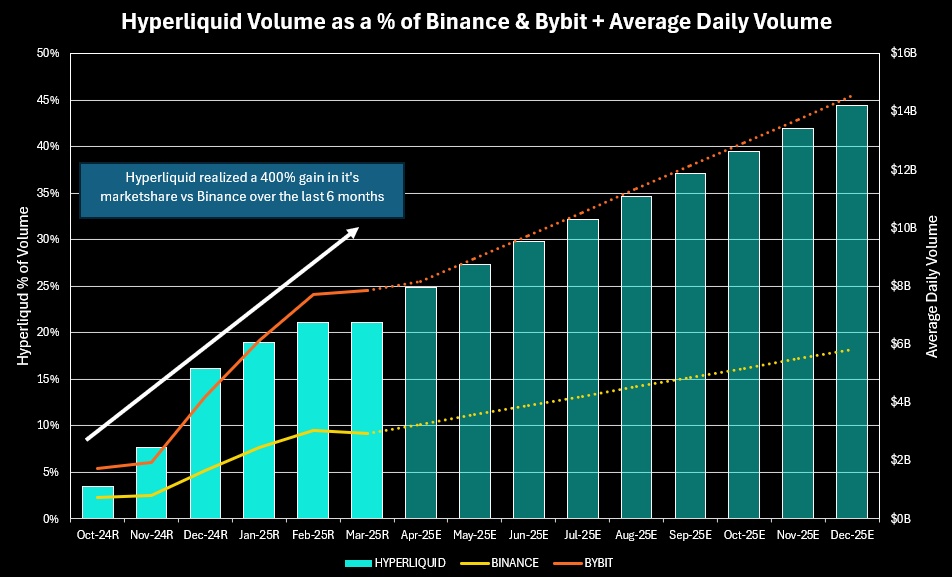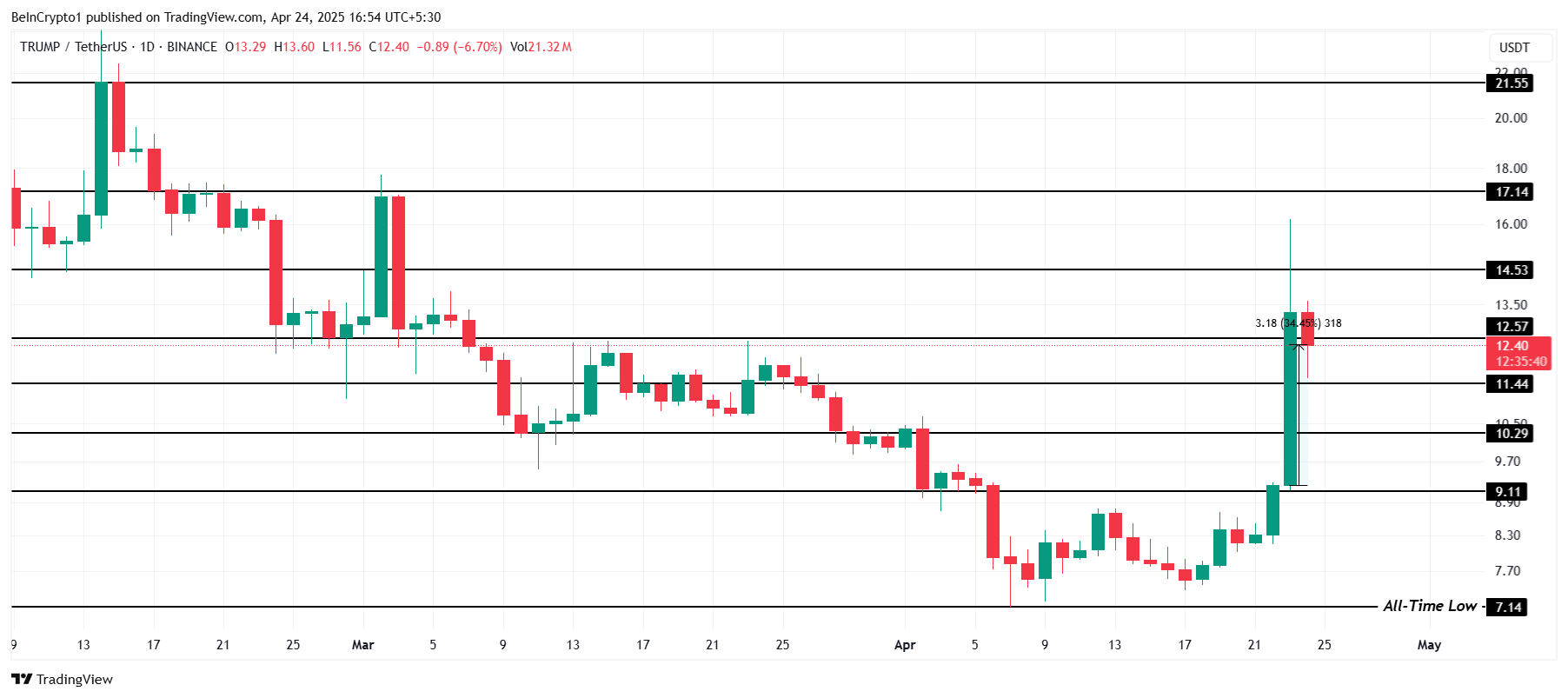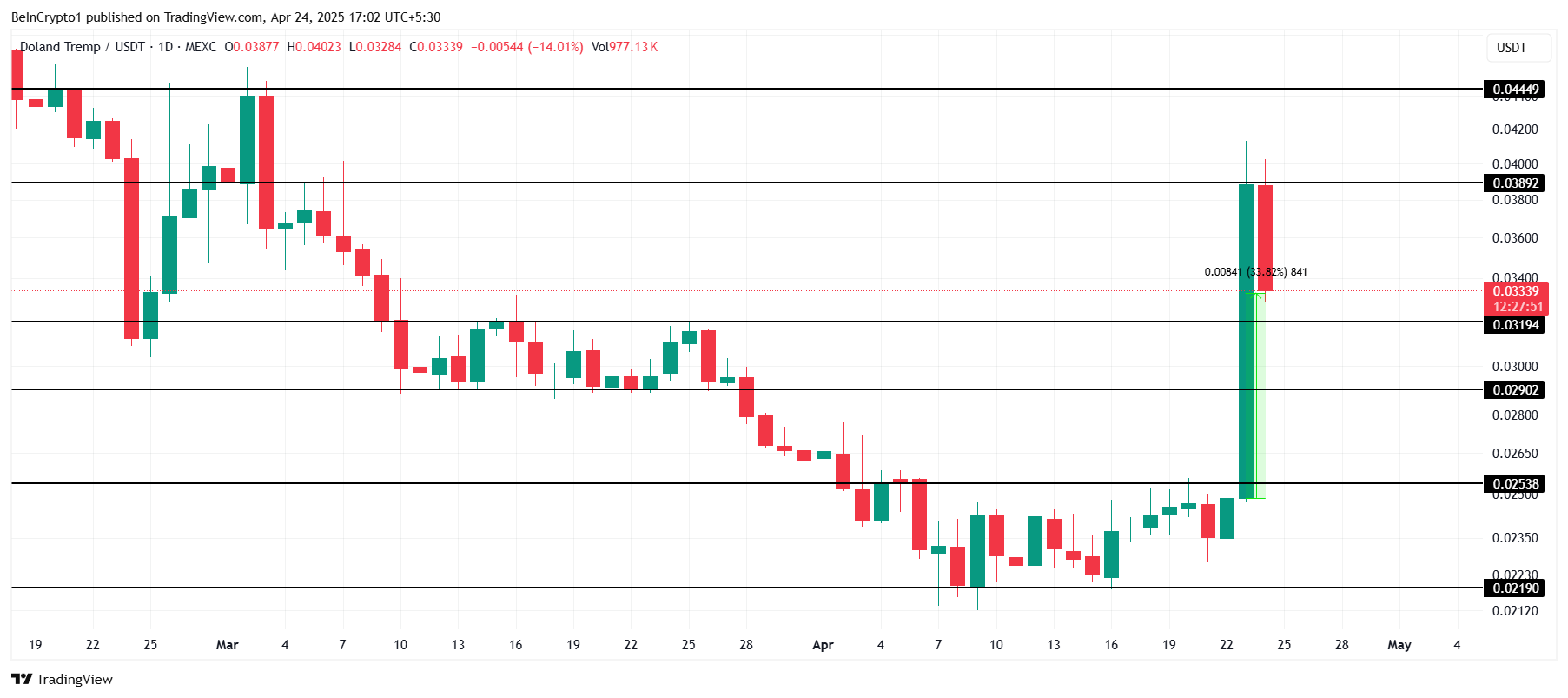A new report from Solidus Labs has revealed that 98.6% of tokens issued on Pump.fun, a popular token creation platform on Solana, are considered scams or involved in fraudulent trading.
Additionally, similar issues have been identified on Raydium, a major decentralized exchange (DEX) on Solana.
Report Reveals Massive Scam Rate on Pump.fun
Solidus Labs, a company specializing in blockchain risk monitoring, released a detailed report on the state of certain platforms on the Solana blockchain. According to the report, Pump.fun has issued over 7 million tokens since its launch in January 2024.
However, only 97,000 of these tokens have maintained a liquidity of at least $1,000, which is less than 1.4% of the total tokens.
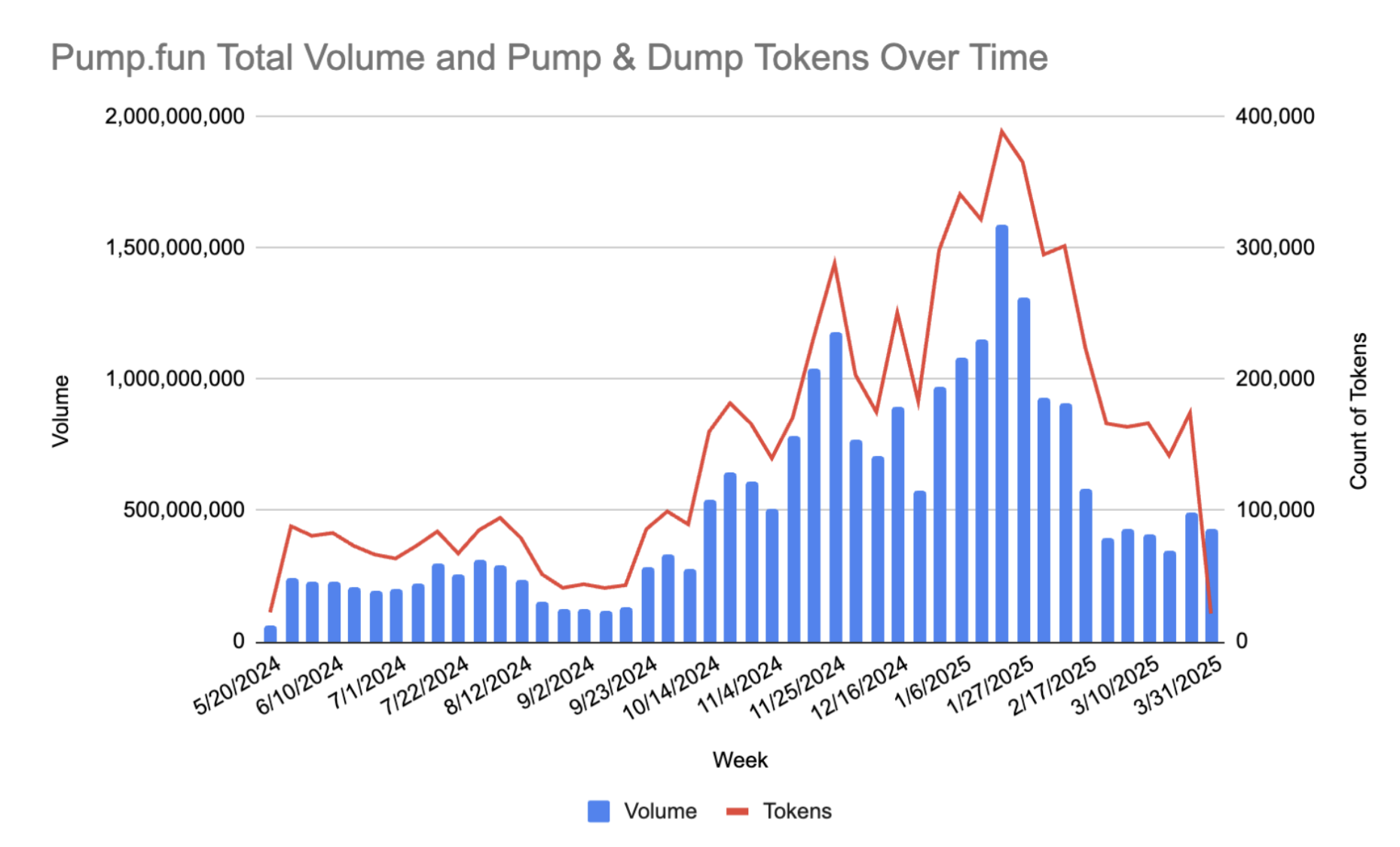
More alarmingly, 98.6% of tokens issued on the platform have been identified as scams or show signs of fraudulent trading. One of the largest scams uncovered by Solidus Labs involved MToken, resulting in losses of up to $1.9 million.
Ethereum co-founder Vitalik Buterin recently criticized platforms like Pump.fun and FTX for promoting speculation and harmful practices.
“good (in different ways): railgun, farcaster, polymarket, signal. bad (in different ways): pump.fun, Terra/Luna, FTX. The differences in what the app does stem from differences in beliefs in developers’ heads about what they are here to accomplish,” shared Buterin
93% of Liquidity Pools on Raydium Show Signs of “Soft Rug Pull”
Beyond Pump.fun, Solidus Labs found that 93% of the 361,000 liquidity pools on Raydium exhibit “soft rug pull characteristics.” This is a form of scam where developers gradually withdraw liquidity, causing losses for investors. Notably, Raydium also recently launched LaunchLab to compete with Pump.fun.
About 25% of these scams involved amounts less than $732. However, the median rug pull involved about $2,832, while the largest detected rug pull totaled $1.9 million.
Though the amounts look relatively small compared to multi-million-dollar scams, the sheer number of affected pools shows the prevalence of this issue.
A common thread between the two platforms is that both are built on the Solana blockchain. Solana is known for its high transaction speeds, processing thousands of transactions per second, and low costs, averaging just $0.00025 per transaction. Because of its technical advantages, Solana has become a prime target for criminals and scammers.
Moreover, Pump.fun, which allows anyone to create a token in minutes without rigorous vetting, has inadvertently become fertile ground for scams.
Despite these challenges, Solana remains a promising blockchain with many legitimate and interesting projects. Platforms like Raydium are vital in Solana’s DeFi ecosystem, with monthly trading volumes reaching billions of dollars.
The post 98% of Tokens on Pump.fun Flagged as Scams, Solidus Labs Report Reveals appeared first on BeInCrypto.



